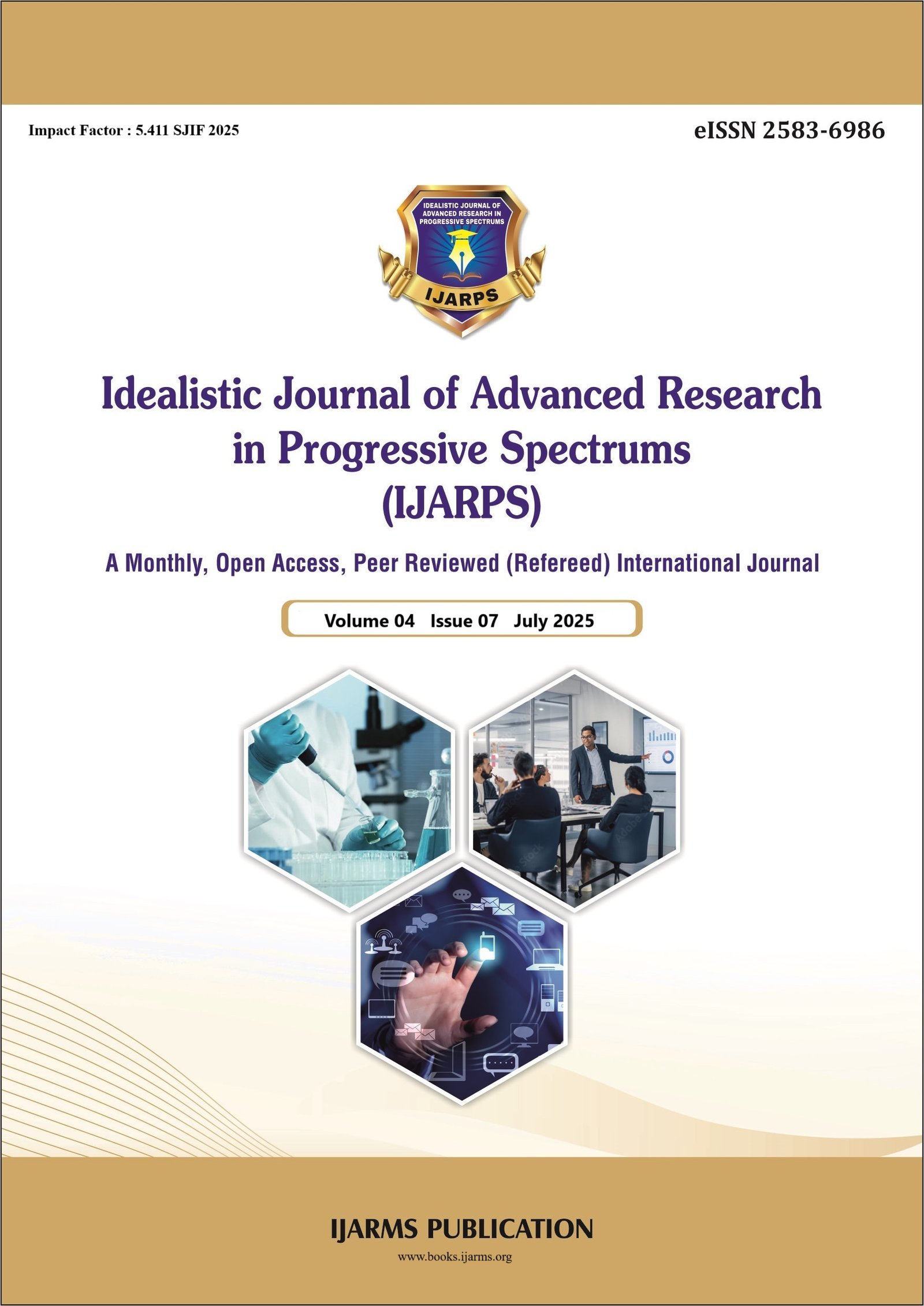Sustainable Menstruation in India: Challenges, Innovations, and the Way Forward
Abstract
Menstrual hygiene management (MHM) is a complex issue linked to public health, environmental sustainability, and gender justice. Despite various government initiatives and increasing awareness, period poverty, menstrual stigma, and unsustainable waste practices persist. Data from the National Family Health Survey, round 5 (NFHS-5) (2019–21), shows that about 50% of adolescent girls now use hygienic menstrual products, an increase from 37% in NFHS-4. However, significant disparities still exist across different states, castes, wealth groups, and media exposure levels. In many urban informal settlements and rural areas, women often use cloth, ash, or even cow dung because of limited availability, stigma, or cost barriers. This paper explores the current need for sustainable MHM in India, and proposes policy actions to promote inclusive, environmentally responsible menstrual hygiene solutions. Eco-friendly options like reusable cloth pads and menstrual cups provide health benefits, environmental advantages, and long-term economic savings. Kerala’s “Thinkal” initiative, increased menstrual cup use from around 20% to over 90% among participants, demonstrating the impact of awareness efforts. Sustainable menstrual hygiene practices offer a holistic solution, yet adoption remains limited due to socio-economic barriers and cultural taboos.
Keywords: Sustainable Menstruation, Menstrual Hygiene Management, Reusable Menstrual Products, Disposable Menstrual Products, Menstrual Waste Disposal, Menstrual Cups,
Additional Files
Published
How to Cite
Issue
Section
License
Copyright (c) 2025 www.ijarps.org

This work is licensed under a Creative Commons Attribution-NonCommercial 4.0 International License.

